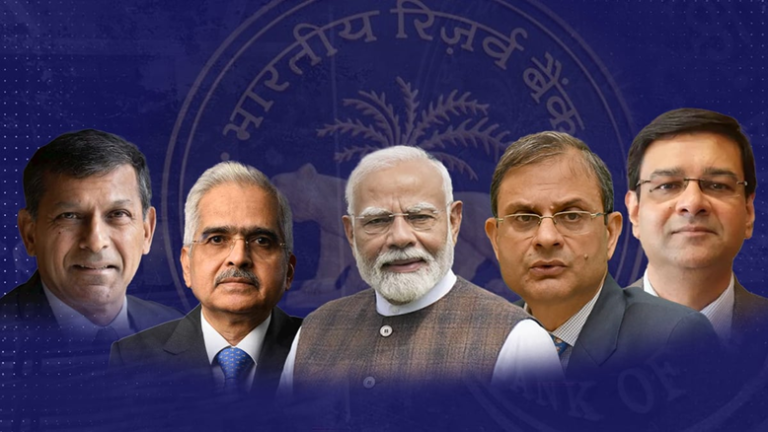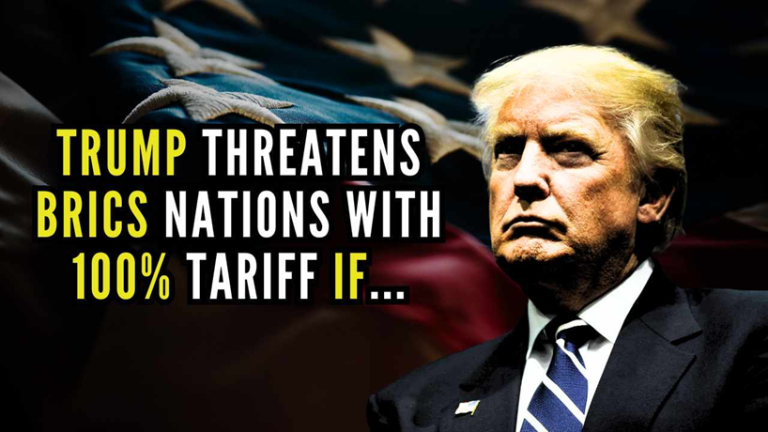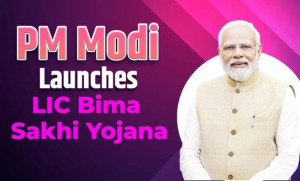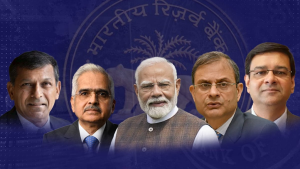Around 39 crore poor people received financial assistance of Rs 34,800 crore under the PMGKP
- The progress achieved so far, under various components of PMGKP is as follows:
- Rs 16,394 crore front loaded towards payment of the first instalment of PM-KISAN to 8.19 crore beneficiaries.
- Rs 10,025 crore credited to 20.05 crore (98.33%) women Jan Dhan account holders as first instalment. The number of women PMJDY accounts holders whose accounts have been debited by customer induced transaction is 8.72 crore (44%). Rs. 2,785 crore credited to 5.57 crore women Jan Dhan account holders with second instalment as on 5th May.
- Rs 1405 crore disbursed to about 2.82 crore old age persons, widows and disabled persons. Benefits transferred to all 2.812 crore beneficiaries.
- 2.20 Crore Building & Construction Workers received financial support amounting to Rs 3492.57 crore.
- So far 67.65 Lakh MT of food grains have been lifted by 36 States/UTs for April. 30.16 LMT of food grains have been distributed, covering 60.33 crore beneficiaries by 36 States/UTs for April 2020. 6.19 LMT of food grains have been distributed, covering 12.39 crore beneficiaries by 22 States/UTs for May 2020.
- 2.42 LMT of Pulses have also been dispatched to various states/UTs. Pulses have been distributed so far to 5.21 crore household beneficiaries out of 19.4 crore such beneficiaries.
- Total 5.09 crore Pradhan Mantri Ujjwala Yojana (PMUY) cylinders have been booked under this scheme so far and 4.82 crore PMUY free cylinders already delivered to beneficiaries.
- 9.6 Lakh members of Employees’ Provident Fund Organisation (EPFO) has taken benefit of online withdrawal of non-refundable advance from EPFO account amounting to 2985 crore.
- 24% EPF contribution transferred to 44.97 Lakh employees account amounting to Rs 698 crore
DG, CSIR launches Compendium of Indian Technologies for Combating COVID-19
- A “Compendium of Indian Technologies for Combating COVID-19 (Tracing, Testing and Treating)” prepared by National Research Development Corporation (NRDC) was launched by Dr. Shekhar C. Mande, Director General, CSIR and Secretary, DSIR, Govt. of India at CSIR Headquarters, New Delhi. The compendium carries information about 200 COVID-19-related Indian technologies, ongoing research activities, technologies available for commercialisation, initiatives and efforts taken by the Government of India, categorised under 3Ts of Tracking, Testing and Treating. Most of these technologies are proof-of-concept (POC) tested and can help the entrepreneurs to take the product to market faster as they do not have to reinvent the wheel. Dr. Mande appreciated the initiative of NRDC for bringing out the Compendium of Indian Technologies for Combating COVID-19 “as it is very timely and would benefit the MSMEs, Startups and the public at large”.
Power Minister releases data on energy savings for 2018-19
- Shri R. K. Singh, the Union Minister of State (IC), Power and New & Renewable Energy & Minister of State, Skill Development and Entrepreneurship, today released a Report on “Impact of energy efficiency measures for the year 2018-19” through Video conference. While unveiling the e-book Shri Singh said, “we have pledged in COP-21 that we will bring down energy intensity of economy by 33 to 35% compared to 2005 levels by 2030. Now, with our energy efficiency initiatives we have already reduced the energy intensity of our economy by 20% compared to 2005 levels which is a very good performance indeed.”
- This report was prepared by an Expert agency PWC Ltd, who was engaged by Bureau of Energy efficiency (BEE) for an independent verification to assess the resultant annual savings in energy as well as CO 2 emissions through various initiatives in India. The findings of the report reflect that implementation of various energy efficiency schemes have led to total electricity savings to the tune of 113.16 Billion Units in 2018-19, which is 9.39% of the net electricity consumption. Energy savings (electrical + thermal), achieved in the energy consuming sectors (i.e. Demand Side sectors) is to the tune of 16.54 Mtoe, which is 2.84% of the net total energy consumption (approx. 581.60 Mtoe) in 2018-19.
- The total energy savings achieved in 2018-19 is 23.73 Mtoe (million Tonnes of Oil Equivalent), which is 2.69% of the total primary energy supply (estimated to be 879.23 Mtoe in India) during 2018-19. This includes both Supply Side and Demand Side sectors of the economy. Overall, this study has estimated that various energy efficiency measures have translated into savings worth INR 89,122 crores (approximately) against last year’s (2017-18) savings of INR 53,627 crore. These efforts have also contributed in reducing 151.74 Million Tonnes of CO2 emissions, whereas last year this number was 108 MTCO2
Nanomaterials with energy storage appl. & optical sensors for water pollution control Developed
- A recipient of the INSPIRE Faculty Award instituted by the Department of Science & Technology (DST), Govt. of India. Dr. Ashish Kumar Mishra, Assistant Professor at the Indian Institute of Technology (BHU), Varanasi, along with his group, has made significant achievements in developing nanomaterials based supercapacitors to achieve high energy density and power density of supercapacitors.
- Increasing energy demand due to the growth of human population and technological advancement poses a great challenge for human society. High energy density of supercapacitors suggests that constant current can be withdrawn for longer duration without recharging. Hence automobiles can run longer distances without charging. Supercapacitors can be an alternative for such purposes.
- Dr. Mishra and his research group at IIT (BHU) have developed a reduced graphene oxide, at a moderate temperature of 100°C with high capacitance performance. The production process is a cost-effective one, making it suitable for commercial purposes. This work has been published in Materials Research Express.
- The group which works on carbon (Carbon Nanotubes, Graphene) and metal di-chalcogenides (MoS2, MoSe2, etc.) nanomaterials based supercapacitors to achieve high energy density and power density of supercapacitors, have also developed a novel green approach for synthesis of Iron-based Nano catalyst, which can be used for large scale production of Carbon Nanotubes.
- In addition to energy storage, Dr. Mishra’s group is also working on optoelectronic applications of nanomaterials. In this context, they are working on developing novel nanostructures of carbon and metal di-chalcogenides semiconductors for photo-detection and Surface-Enhanced Raman spectroscopy (SERS). Through this work, they have demonstrated excellent photo-detection behaviour of different architectures of nanoscale MoS2 for the detection of visible light. The high photo-responsivity obtained in this work can be useful to develop ultrafast detectors for signaling purpose. The work has been published in the Journal of Physical Chemistry Letters.
- The SERS can help detect harmful molecules present in water at ultra-low concentrations. His group has successfully demonstrated detection of Rhodamine 6G (R6G), an organic laser dye up to lowest limit of sub-nano-molar concentration using rGO and MoS2 nanomaterials. This work has been published in the Journal of Physical Chemistry C. They have also examined the nonlinear optical response of the material developed, which suggests that some of these materials can be used to develop protectors for high power light sources like lasers.
- Their focus on energy and optoelectronics devices paves the way for the development of cost-effective and efficient devices, which can be used for energy storage application. Their findings make way for materials which can be used as advanced photodetectors and also be used as optical sensors for water pollution control.
IIT Alumni Council launched India’s first COVID19 test bus in Mumbai
- IIT Alumni Council launched India’s first COVID19 test bus in Mumbai that can reduce the cost of testing by over 80% without compromising on the testing capacity.
- This bus will be mobile collecting test samples for rapid testing.
- This will increase the testing speed by 100x in Mumbai.
IIT Bombay Professor receives Young Career Award in Nano Science & Technology 2020

DST investments in science & tech. increases by 100% in last 5 years

COVID19 current update in India

QUIZ TIME
- Which of the Following is the part of PMGKY?
- PMUY
- PMJDY
- MGNREGA
- All of the Above
Answer: D
- The 3Ts related to Compendium of Indian Technologies for Combating COVID-19?
- Tracking, Testing and Treating
- Tackling, Testing and Treating
- Traveling, Testing and Treating
- None of the Above
Answer: A
- Rolling Stocks for India’s 1st Regional Rail from Delhi to Meerut will be made in?
- France
- Japan
- India
- Germany
Answer: C


















